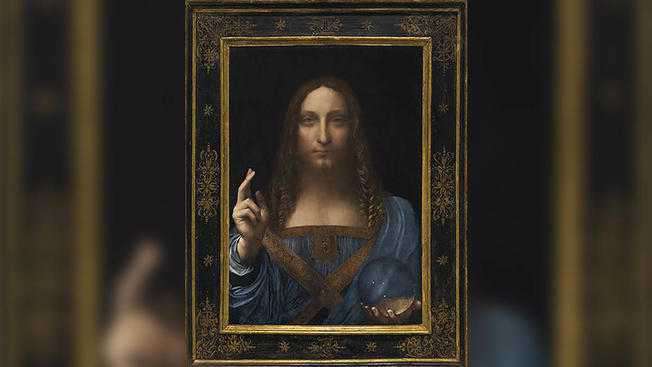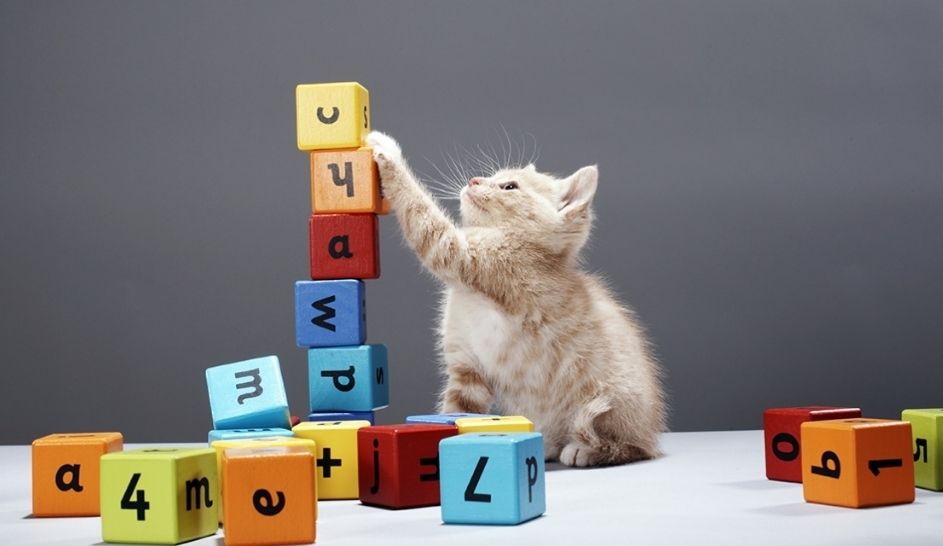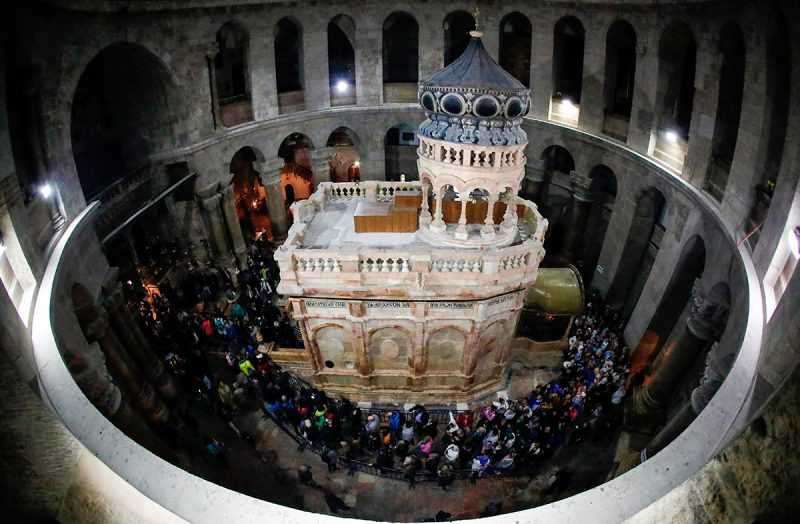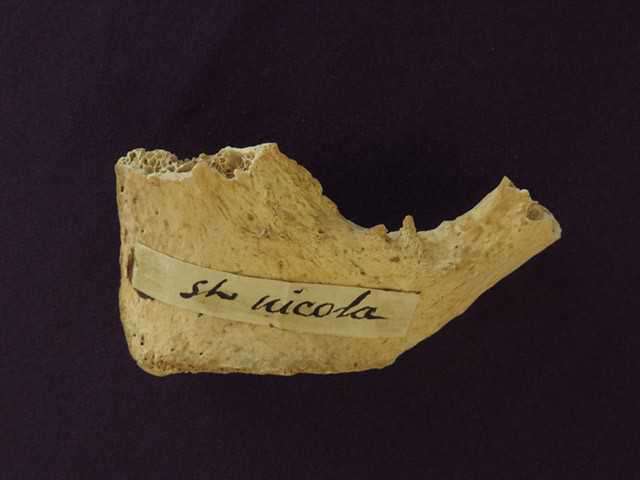There was a lot of buzzes created in New York Even before Leonardo da Vinci’s Salvator Mundi went to auction Wednesday night at Christie’s in New York, naysayers from around the art world were savaging its authenticity.
And the painting broke every previous auction record, selling, with premium, for $450 million.
After the auction was finished, Jason Farago published an article that the painting is “a proficient but not especially distinguished religious picture from turn-of-the-16th-century Lombardy, put through a wringer of restorations".
The question was again raised that whether the buyer of the most expensive painting in the world just purchased a piece of junk?
Most of the people thought that it was by Leonardo even after all the extensive critic. British old masters dealer Charles Beddington said that he never believed that the painting is by Leonardo.
After discussing this to multiple by the well-known old master's dealers, the real issue regarding Leonardo’s validity seems to be a question of education: “All old masters have had work done to them," says dealer Rafael Valls, whose London gallery is situated near Christie’s.
“They’ve all been scrubbed and cleaned, but when you think about a particular painting and say, ‘Oh, it’s by Titian, but a quarter of it was recreated by other restorers’, it still is what it is."
“To a certain extent, you have to put condition aside," says dealer Johnny van Haeften. “Of course it’s not perfect, and of course it’s not mint. But can you get another one?"
HISTORY
The painting was created in 1500. By the 1600s, the painting was in the court of Charles I, after it disappeared in the 1700s and reappeared in 1900. It was counted among the inventory of a manor house in Richmond. Again it was sold in 1958 and disappeared again, again appeared at an auction in 2005, where it was picked by three old masters dealers for $10,000.
The dealers hired a restorer Dianne Dwyer to remove dirt and varnish, at which point the painting was effectively a shell of its former self. Important portions of the painting were missing.
CONTUSION AND DAMAGED
The Leonardo could have been damaged in any number of ways. Firstly, consider way is transportation from Leonardo’s studio to England on horseback, or in a cart, and then by boat.
Even in the 18th century, people were acquainted with the fact that their paintings got filthy, so “normally, every time paintings changed hands and it changed quite a bit", says dealer Beddington says
Every time a painting was scrubbed, “when you clean something like that orb, which is delicately painted, you end up taking something away from it", Beddington continues. “And that’s normal."
When the painting was restored by Modestini, it was expected that she would paint in what had been lost both through her cleaning and those of previous owners in a way that was “keeping in character with what is left," Beddington says.
DEGREE OF GENUINENESS
The question for most old masters buyer was to what degree the painting was original. “For many of the condition is of enormous importance, said Van Haeften.
Many of the old masters have only minimal damage or restoration, said dealer Simon Dickinson but when it comes to infinitely rarer artworks because there’s no other possibility of acquiring one.
“The market tolerance for a da Vinci is quite different than the tolerance for a Van Gogh, say," says Brooke Lampley, Sotheby’s art division chairman, in an interview said that even though a Van Gogh is scarce, and someone will pay $81 million for a great one, there are still more to be had than da Vinci, for which there are less than20 paintings in the world
It was only natural, therefore, that would-be Leonardo buyers would be willing to compromise on this more than on others; they weren’t going to find a better one.
It was said that even the buyer didn’t compromise. The two major critiques were that it’s too stiff and that the painting doesn’t look like the Mona Lisa “are ridiculous", Beddington says.
BUYING HISTORY
This painting is not only a painting but a history in itself and buying it means buying a history says, Dickinson. The work, therefore, is as much an artifact as it is a painting, its reputation and history just as talismanic a pull as its actual composition.

 Weighing A Thought..
Weighing A Thought..
 How To Separate Liqu..
How To Separate Liqu..
 10 Most Influential ..
10 Most Influential ..
 Second Solar System ..
Second Solar System ..
 Love Beer And Coffee..
Love Beer And Coffee..
 I And I: The Existen..
I And I: The Existen..
 A Dinosaur With Swan..
A Dinosaur With Swan..
 5 Psychological Trai..
5 Psychological Trai..




















Comments